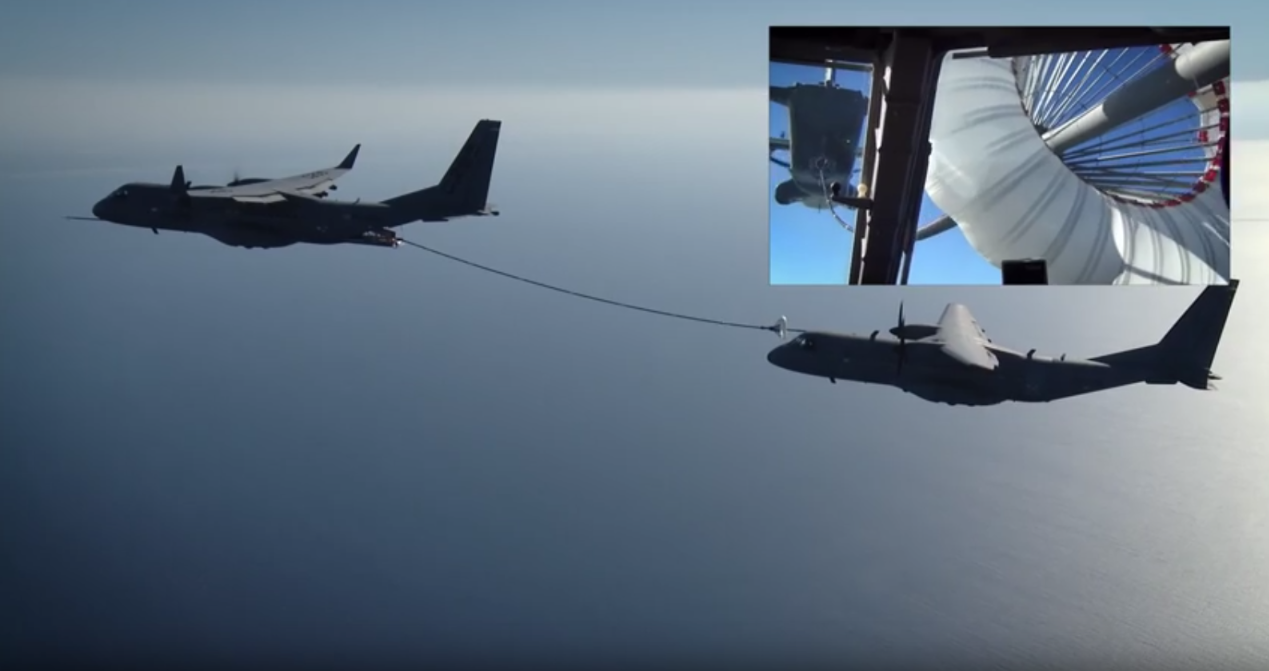4727Views
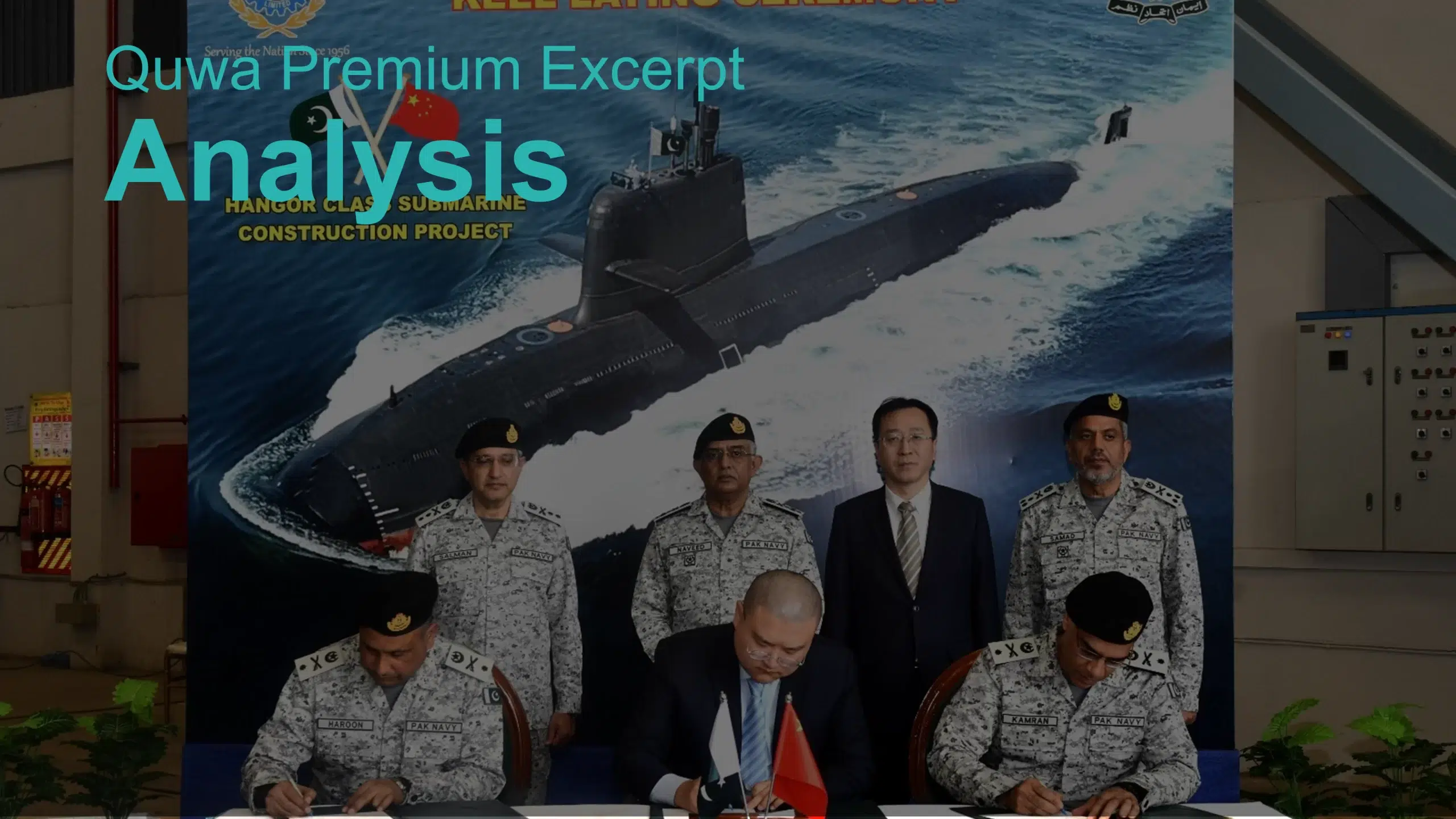
Pakistan Lays Keel for Sixth Hangor-Class Submarine
On 15 February, the Pakistan Navy’s (PN) Director General of Public Relations (DGPR) revealed that Karachi Shipyard & Engineering Works (KSEW) laid the keel of the PN’s sixth (of eight) Hangor-class submarines under order from China Shipbuilding & Offshore International Co. Ltd (CSOC).
This boat is the second of four Hangor-class submarines under construction at KSEW, with the first entering production in December 2021. According to the PN DGPR, the first KSEW-built Hangor is in an “advanced stage of construction.” However, the PN did not reveal when it expects either CSOC or KSEW to deliver their respective submarines. The first four boats were originally due by 2023.
Background on the Hangor-Class Submarine Program
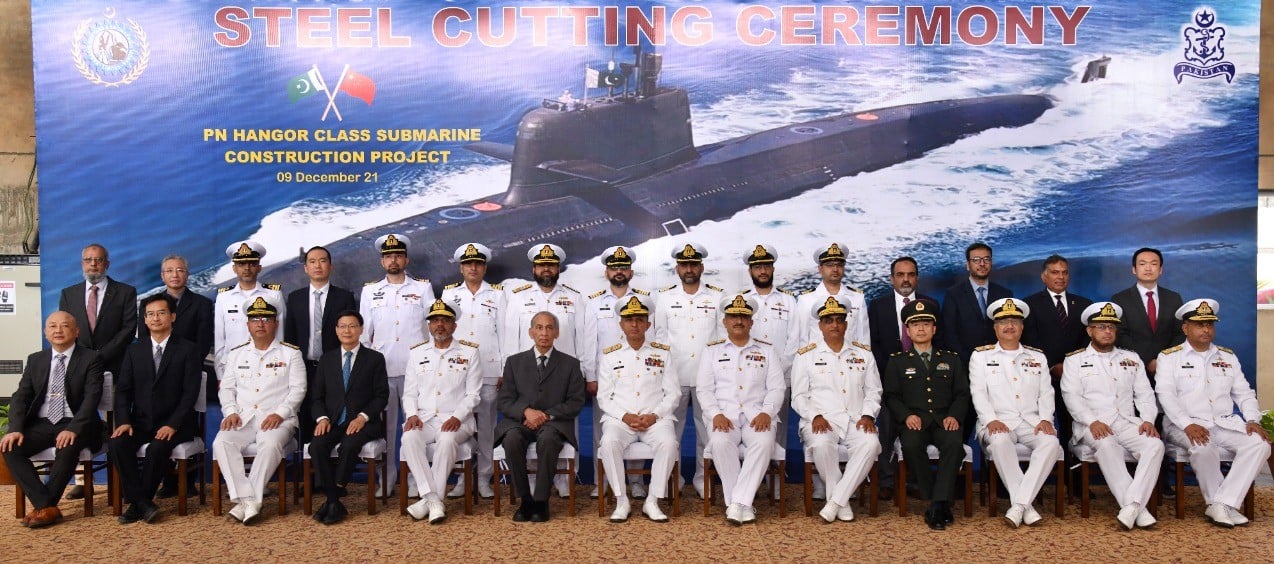
The Hangor-class submarine is the cornerstone of the PN’s efforts to both modernize and expand its sub-surface fleet. Pakistan ordered the eight boats from CSOC in April 2015 as part of a rumoured $4 billion to $5 billion US deal (that may have included the four Tughril-class/Type 054A/P multi-mission frigates the PN ordered in 2017-2018 as well).
Under the agreement, KSEW would build four of the submarines, while CSOC would deliver the other four boats. In 2016, the PN disclosed that the first four boats were due for delivery by 2023, while the final four would arrive by 2028. The program has evidently missed the initial timeline, potentially due to an unexpected need to change the Hangor’s engine from the German MTU 12V 396 SE84 to China’s CHD-620. According to then Pakistan Army Chief of Army Staff (COAS), General Qamar Javed Bajwa, the German government did not clear permits to export the MTU engines for use on the Hangor.
However, despite the apparent delay, the PN is proceeding with the Hangor program. In fact, then PN CNS, Admiral Zafar Mahmoud Abbasi, announced in 2020 that the PN will lease a People’s Liberation Army Navy (PLAN) Type 039A to train and acclimate its personnel ahead of inducting the Hangor.
Technical Details
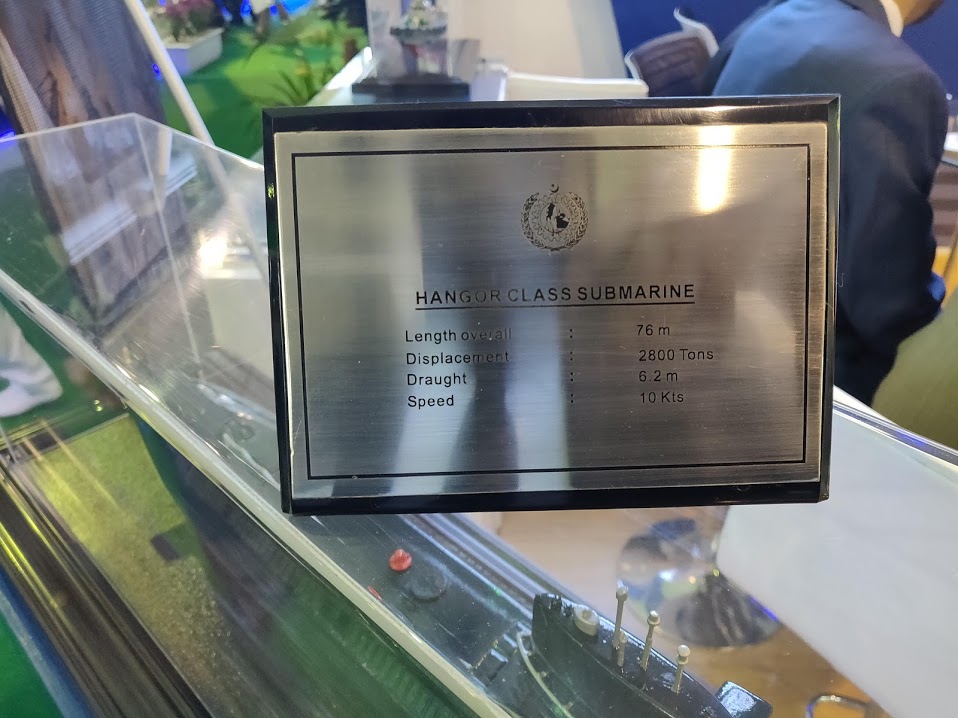
This is the PN’s second Hangor-class submarine, following the four French-supplied Daphne diesel-electric submarines (SSK) acquired from the late 1960s. This iteration of the Hangor-class submarine is based on the CSOC S26, which is the export variant of the PLAN’s Type-039A SSP.
Like the S26, the Hangor-class SSP will use a Stirling AIP system, enabling it to operate underwater without snorkeling for long periods of time (possibly up to several weeks). However, the Hangor-class also differs in some respects compared to the S26. For example, according to KSEW’s specifications sheet, the Hangor-class has a heavier displacement than the S26 (2,800 tons versus the S26’s 2,550 tons) and is slightly shorter (76 m to the S26’s 77.7 m).
Like the S26, the Hangor will leverage six torpedo tubes (likely 533 mm in diameter) for deploying anti-ship cruising missiles (ASCM) and heavyweight torpedoes. The PN will also likely deploy the Babur 3 submarine-launched cruise missile (SLCM) from the Hangor-class as well.
The PN did not disclose how it will configure the Hangor-class SSP in terms of sensors, electronics, or weapon systems. In upgrading its three Naval Group (now DCNS) Agosta 90B SSPs, the PN opted for a range of Turkish, British, and European subsystems, such as electronic support measures (ESM) and electronic intelligence (ELINT) systems, navigational radars, optronic masts and periscopes, and torpedo countermeasures. Thus, there is a case to standardize the two SSP types in their subsystems to streamline training and interoperability. On the other hand, the PN may be working towards adding locally produced solutions, like the RIBAT ESM suite, to all its submarine platforms.
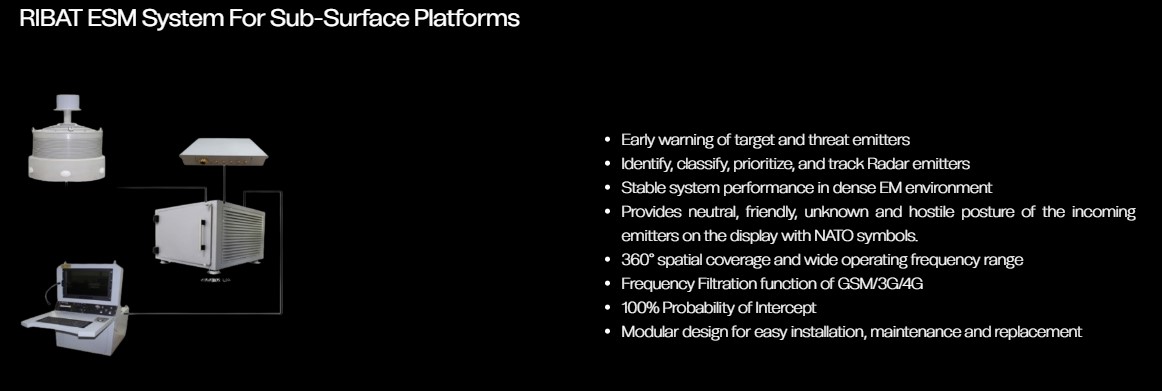
Pakistan Wants to Expand its ‘Silent Service’
Once the Hangor-class SSP is inducted, the PN will operate 11 AIP-equipped boats, making it one of the largest operators of such submarines in Asia. However, if the PN’s long-term plans proceed, these Hangor-class SSPs would be the one piece of its wider plans to expand its ‘silent service.’
In early 2021, then PN CNS Admiral Muhammad Amjad Khan Niazi revealed that the PN was seeking a new shallow-water attack submarines (SWATS). The PN DGPR later confirmed that a SWATS will be inducted sometime in the 2020s. Thus, the first SWATS boat may coincide with the delivery of the last batch of Hangor SSPs, giving the PN a dozen or more AIP boats by the early 2030s.
Currently, it seems that the PN’s leading options are the Turkish STM 500 and Italian Fincantieri S800. Sources told Quwa that the PN’s SWATS requirements called for an AIP-equipped design displacing around 700 tons and leveraging ESM and swimmer-delivery vehicles (SDV)…
End of excerpt. Subscribe to Quwa Premium to read the rest of this section.
Is an Original Submarine a Goal?
However, Quwa believes that there is a longer-term strategic goal surrounding the PN SWATS program – i.e., to eventually design and build an original submarine.
In 2020, then CNS Admiral Abbasi stated the goal of the Hangor program was to transform the PN from a “submarine-operating navy into a submarine-building navy…”
End of excerpt. Subscribe to Quwa Premium to read the rest of this section.
Unmanned Underwater Vehicles (UUV)

The PN is also delving into the domain of unmanned underwater vehicles (UUV). For example, Global Industrial & Defence Solutions (GIDS) lists that a UUV is under development in a state-owned entity (SOE)…
End of excerpt. Subscribe to Quwa Premium to read the rest of this section.
End of Excerpt (842/1,529 words)
You can read the complete article by logging in (click here) or subscribing to Quwa Premium (click here).
For More Pakistan Navy News and Analysis, See:


